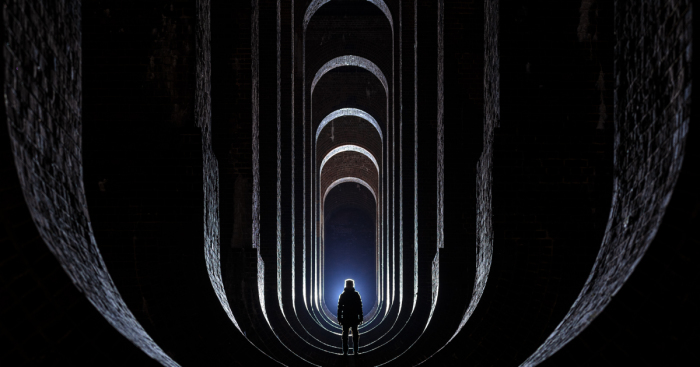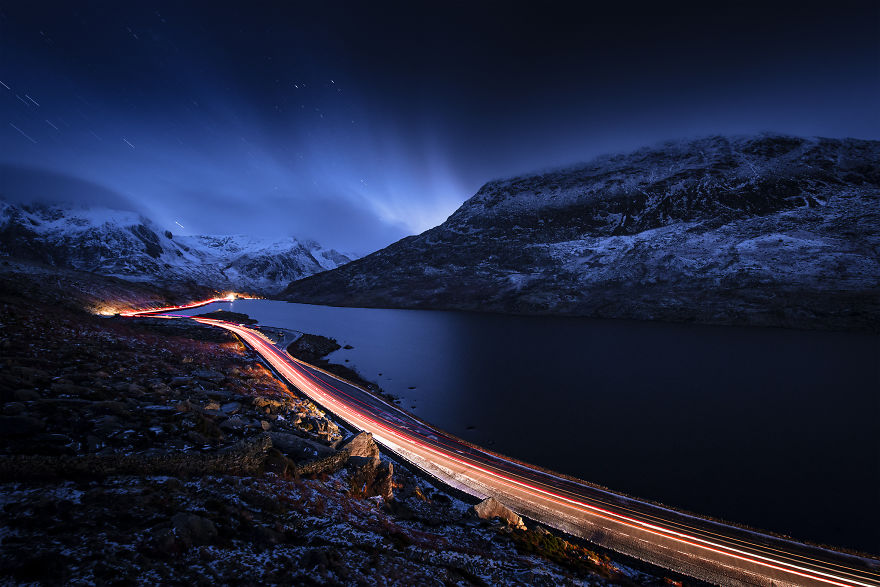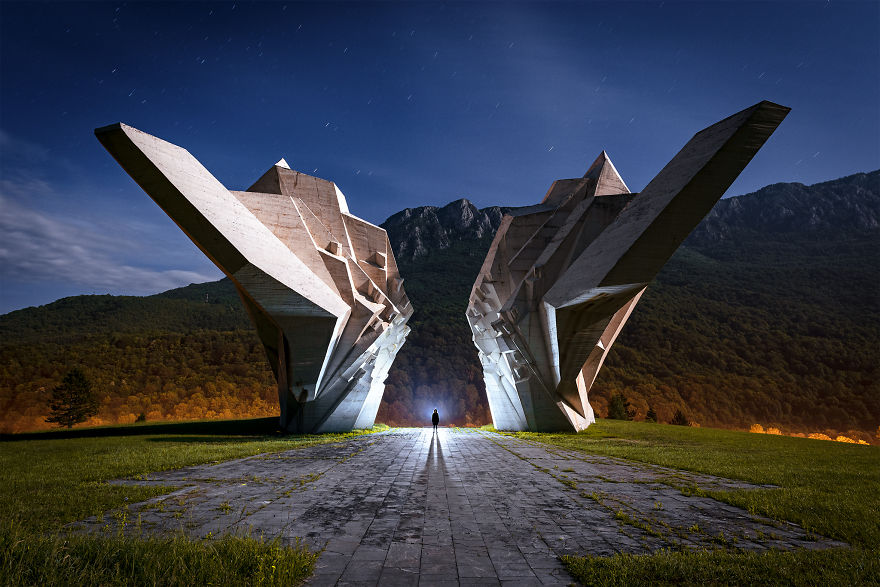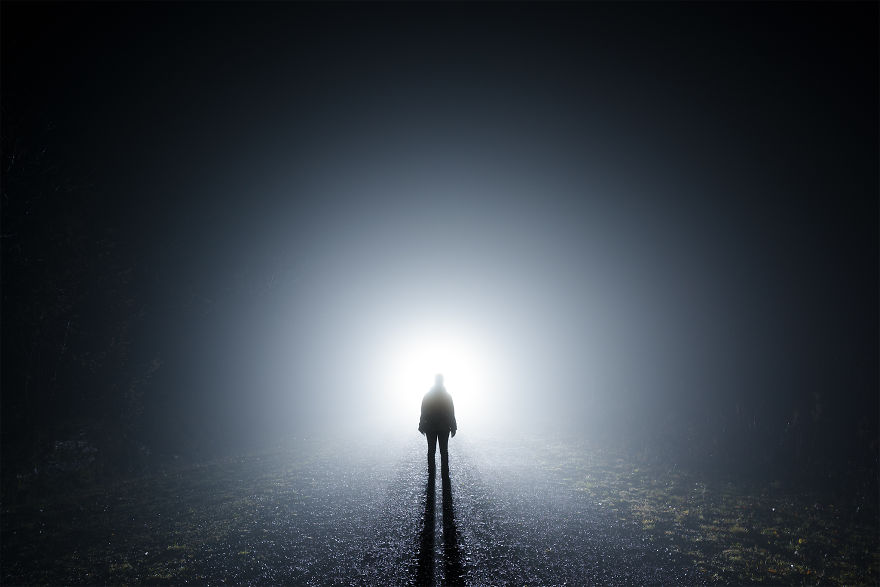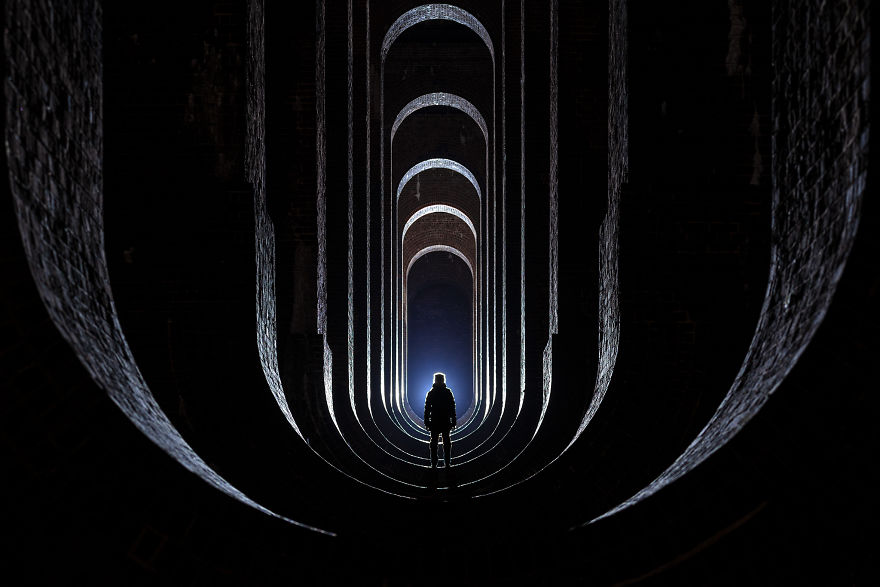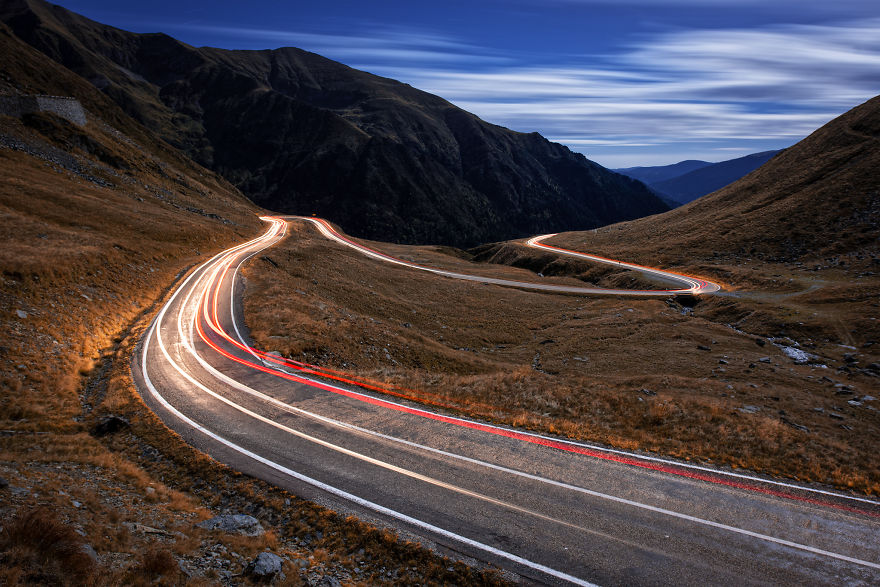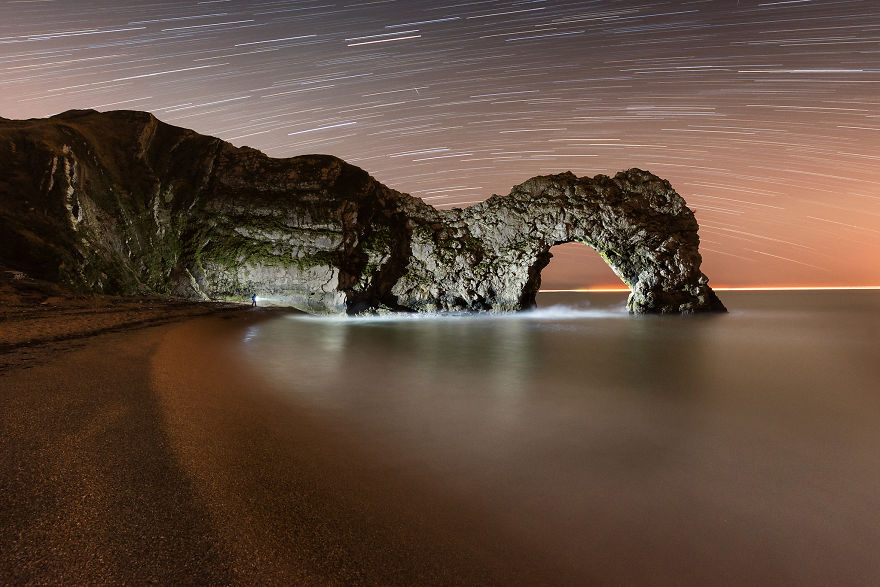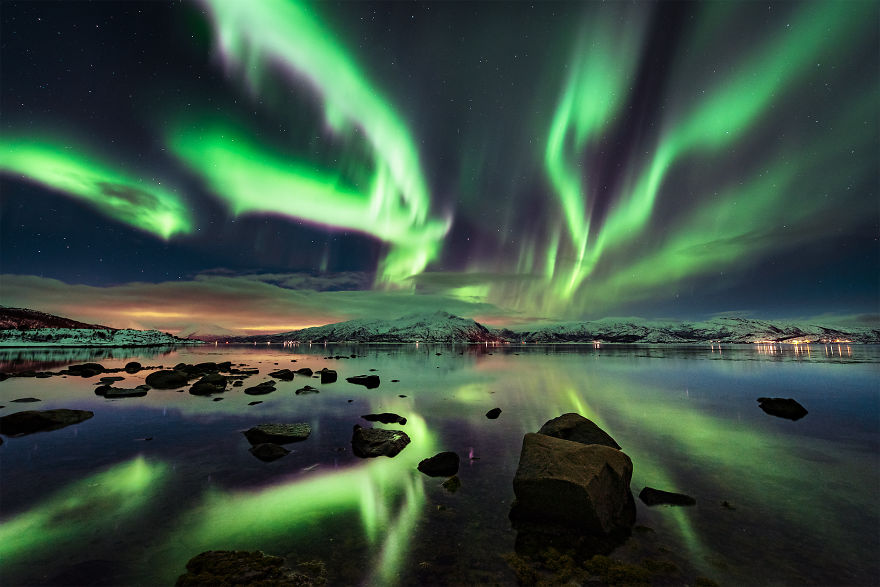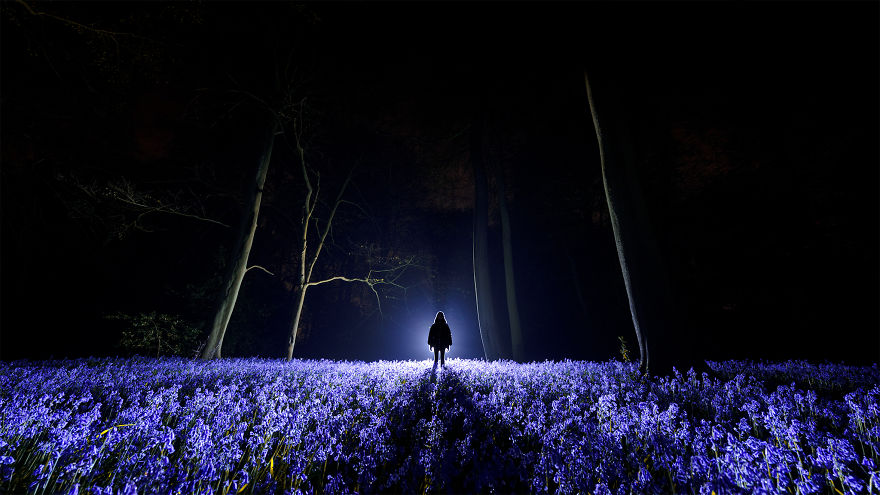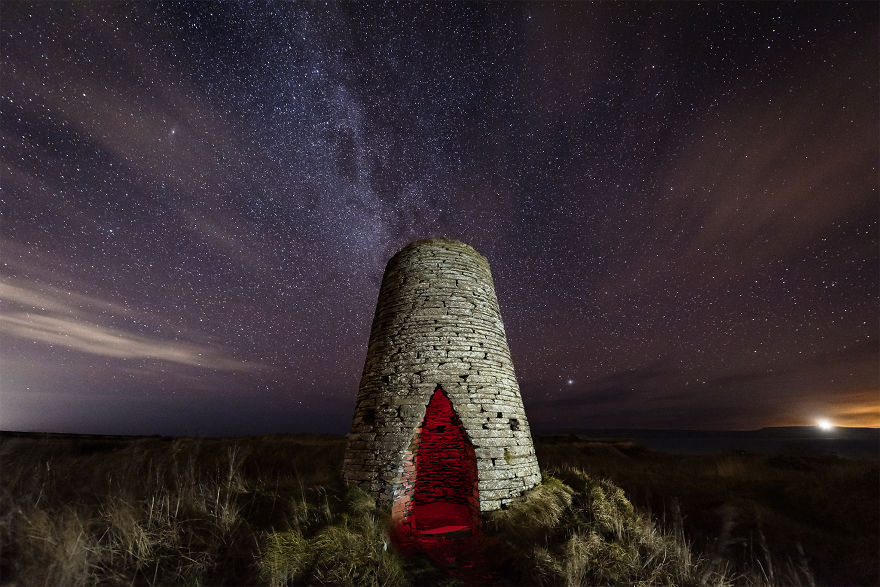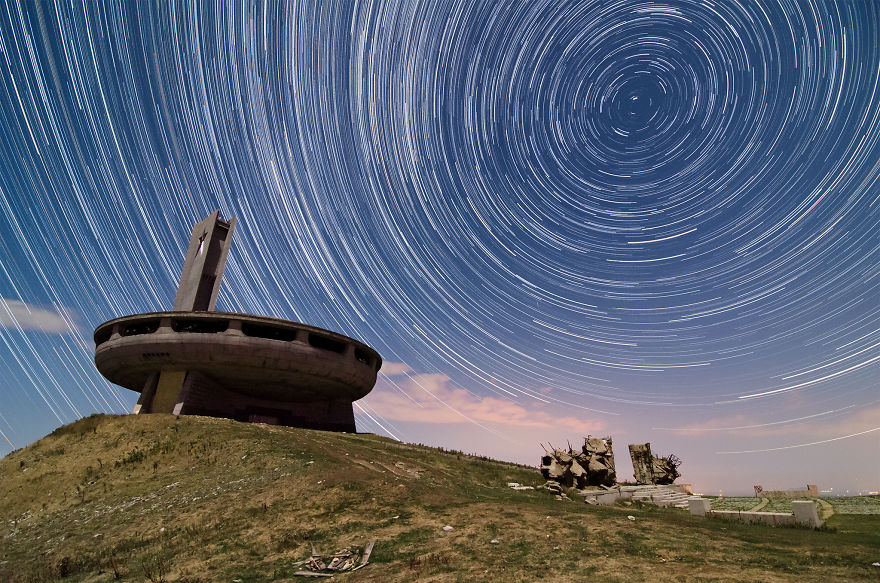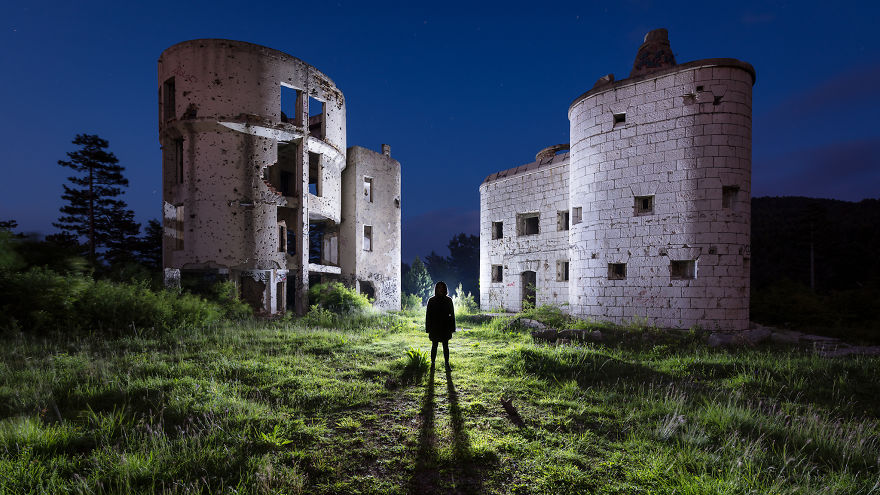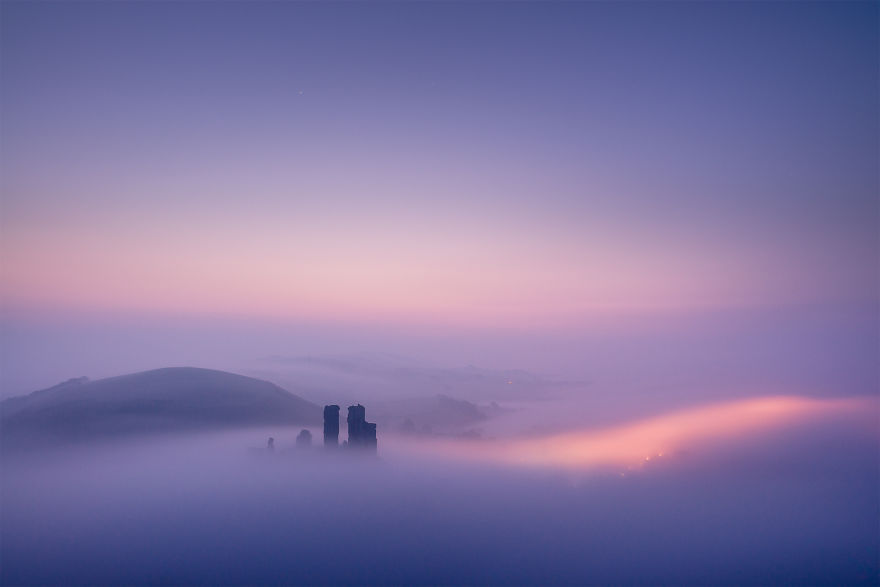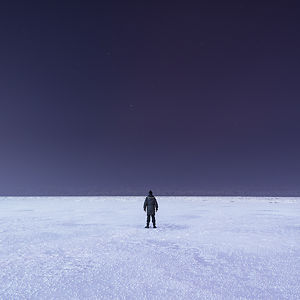Traveling in the aftermath of Covid-19, we will face a number of challenges from measures designed to halt the spread of the virus. Quarantine for returning travelers, restrictions on which nationalities are able to travel to which countries and rigorous testing will all present off-putting barriers to international travel plans this summer. In the coming months or years, it may well be that those procedures don’t discourage us; desperate to escape after being cooped up in isolation for the last few months. It is also quite likely that many will opt for a staycation; a trip to some nearby beauty spots in an attempt to rediscover the spirit of adventure. Whether we are staying near or far from home, a different approach to travel will be required this year.
As we have witnessed here in the UK, with scenes like the huge crowds at Durdle Door and the rows of cars parked at the base of Mount Snowdon; the urge to escape is strong in most of us and there’s nothing wrong with that whatsoever. It is perfectly reasonable for human beings to want to travel and enjoy ourselves, however, if we were to adopt the times at which we visit an attraction, we could enjoy a totally different adventure whilst maintaining our social-distancing responsibilities too - Have you ever considered exploring the night?
I’ve crossed much of Europe in the dark with my camera, searching for original views of historic sites and abandoned structures. Fifteen years of this has taught me to thrive in the isolation of the night. The wonder of the cosmos never ceases to impress, with every turn of the planet holding something new. The hype of visiting an empty tourist hot-spot in the city is as enjoyable as the tender atmosphere of exploring an abandoned location in the mountains. It just seems more wholesome to me; to experience these places through the heightened senses which darkness brings. The main benefit I always saw in traveling in the dark is that there are few other humans around. The crowds have often retreated to their hotel rooms once the sun has set, leaving busy sites empty and free to roam in the tranquillity of the night. In the wake of Covid-19, swapping the day trip for something darker could help us maintain a safe distance from each other and it could be great fun too, so why not step out of your comfort zone and into the dark?
More info: Instagram
This post may include affiliate links.
Hiking At Night
Extra caution should be taken when hiking with Covid-19 around as the likelihood of rescue may be much lower than before. With emergency services still largely tied up, social distancing measures in place, and fewer people around than usual, it is arguable that you are the greatest threat to yourself when you’re alone in the countryside; a simple fall could become life-threatening without assistance to hand. In most cases, an incident like this is far more likely than meeting your fate as a bear’s midnight snack or receiving a probing from aliens, so it's worth double-checking every step you take.
The important thing is to keep it simple. Don’t push yourself too far and stick to the familiar territory if that makes you feel more comfortable. A short hike can take considerably longer at night when you’re concentrating on where to place each step. Temperatures can plummet once the sun drops away, then condensation and ice can form unexpectedly, making surfaces slippery underfoot. Plan ahead, pack appropriate clothing (often more than you might think), and concentrate on keeping yourself comfortable to maximize your enjoyment out there.
The trails of a passing delivery truck light the course of the A5 through Snowdonia in the photograph above. Captured on a cold winter’s morning as the first hints of dawn flooded through the cloud, onto the icy waters of Llyn Ogwen. I returned to the car to find the five-hour drive had caused a problem with the engine, so I made myself comfortable for the next eight hours amongst the dramatic Welsh landscape, whilst my recovery driver recovered from his Christmas dinner.
Befriend The Moon
The moon’s presence is a romantic gesture to us that our planet is not alone out there and reveals a three-dimensional perspective upon our solar system when in its crescent phases. Like a second sun, the moon can drive out the darkness, rapidly turning night into day on a long exposure photograph and masking the true brightness of the stars.
Equipping yourself with some knowledge on the moon’s strange, yet very regular habits can be useful in predicting how much ambient light will be available to you on your adventure. Visible through much of the night for roughly two weeks of its 29.5-day cycle, at its brightest, our nearest cosmic companion provides 14 magnitudes less light than the sun. Put into some kind of simple terms, you would need 398,110 moons to recreate the brightness of daylight, which is quite difficult to fathom. To the adapted eye, however, even the light of a half-moon is more than enough to illuminate whatever you need to see on open ground, making life easier for the midnight explorer. If the stars are what you seek, head out during a new moon instead to make the benefit of the darker skies.
The image here was captured at the Monument to the Battle of Sutjeska in Bosnia and Herzegovina, with the light of a full moon glistening as it strikes the moist concrete of the WW2 monument. A handheld torch was used to apply some highlights around the human figure over an exposure time of around five minutes.
Don't Be Afraid
Make yourself aware of the dangers highlighted already and there really is no reason to be afraid of the dark! It’s still the same world you were in before the sunset, just with less light. Conquering the fear of the dark is something all humans have to do in their lives and once you’re able to walk around in the night without the usual irrational fears of ghosts and ax murderers, the experience can be wholly liberating. You are left feeling at one with the universe.
In all my years of travel, I have only met kind and friendly people in the numerous unexpected situations I have found myself in during the night. Most people are shocked to see me. Ironically, the only time I ever had a knife pulled on me was whilst taking some photographs of a building on a summer's afternoon, just a couple of miles from my home. Most humans are well-meaning, so act how you wish to be treated when bumping into people in the dark and you should be absolutely fine. Again, familiarise yourself with any other potential threats of the area to help you avoid them.
This image was captured on an autumnal hike through the Brecon Beacons in Wales, at the same time as a cloud moved into the valley to obscure our view ahead. In these conditions, it can often be difficult to see using a torch, with the glare of the light illuminating the fog more than the surrounding landscape.
Location, Location, Location
The metamorphosis that takes place as darkness settles over a popular location can be fascinating to watch. It’s as if the show is over as soon as the night sinks in, then everybody heads for home. This is ideal from a photographer’s perspective; there’s nobody left to photo-bomb your images and you can take all the time you like without bothering anybody else.
Starting off somewhere you already know is best, to get a feel for how to enjoy the dark without taking any more risk than is necessary. Familiar landmarks acquire a new character under a starry sky. Others look brilliant under lighting and once you have built some confidence, the sense of excitement in exploring a new location will be fed by the unknowns which lie beyond your torch-beam. Maps and prior research will show you what the darkness doesn’t, this includes the obvious timing considerations which must be made for ticketed or private attractions, as they will often close at dusk.
The Ouse Valley Viaduct seen here is a picturesque wonder of Victorian engineering, located in Sussex. On any day its elegant brick arches can be extremely busy with eager tourists, all seeking a photo opportunity. Arriving as the last of the twilight was being swallowed by incoming clouds, there weren’t many parking spaces on our first approach, the last car pulled away moments later as we were walking up the path to this amazing structure; ours for the rest of the night.
Driving At Night
Driving at night may not be to everybody’s tastes. Being able to see those headlights coming around the corner can be really useful on a tight country road though. With fewer cars around, there is less pressure on a driver who is unfamiliar with foreign infrastructure. Particularly if you’re not used to driving on the right-hand side (can you tell I’m from the UK?). Less traffic means less disruption to your journey and less disruption gives you more time to enjoy yourself on your travels, right? You get the road to yourself and there’s even a guarantee that you’ll get a parking space on arrival at your destination, just be sure to check any signs to make sure your car doesn’t get locked in!
One of the most worrying moments in my driving career was the sudden realization of how large a pair of elk truly are, as they stepped nervously into my oncoming headlights beside an icy Norwegian highway. There is always the possibility that you might bump into some local wildlife at any moment, quite literally. You’re never sure what might cross your path out there, so the utmost care should be taken to avoid a collision with any furry friends. Wildlife has really bounced back since the lockdowns began around the globe. The natural world has become much more relaxed than before and it’s quite probable that more collisions will occur as a result. It is wise not to be tempted to relax on the open road at night. Be vigilant, share the driving, don’t drive when tired, and remember it’s a speed limit - there’s no rush.
The image above was captured on the famous Transfăgărășan highway; Romania’s second-highest mountain pass, reaching an altitude of 2,042 meters. Said by Jeremy Clarkson to contain the greatest corners from every greatest racetrack in the world, it is an unforgettable privilege to have this road to yourself for the night, provided you are willing to ignore the warnings about the angry bears.
Lighting The Night
Hell yeah, a big, bright torch can be your best friend in the dark. Everyone likes to signal to aliens, but it’s almost counter-intuitive that you might want to use the biggest, brightest torch you can find when you’re out walking at night. Ease of use is the most critical factor. The safest thing to have in most instances is just a small LED that fits in your hand to guide you around. A small torch that doesn’t overpower the ambient light will increase your awareness outside of the torch beam itself. Head torches are an ideal way of keeping your hands free and generally, it’s a case of the more; the merrier. That way one of them should work if things get real.
Many modern LED torches will have a red mode, which is the lowest visible wavelength of light will have a minimal effect upon the eye’s natural night-vision. The use of red light is always advised when stargazing or when night vision is vital, due to the amount of time it takes for the eye to recover from bright, white light. It’s easy to see that having a selection of reliable torches at hand is always recommended for different scenarios and you can’t go wrong with a bunch of spare batteries too.
The above composite photograph shows the dark, empty beach beside Durdle Door on Dorset's Jurassic Coast, with around one hour of the earth’s rotation recorded in the star trails above. If you look carefully, you might be able to see my tiny figure, lighting up the rock face from the shoreline. Being the only people on the beach, we found it quite easy to fall asleep under a blanket of stars.
Keep An Eye On The Sky
When I first began to explore the night, I viewed the night sky as a static object. Little seemed to change to the eyes of an impatient teenager. Nowadays it seems I can’t look up without seeing something going on up there. There are all kinds of nocturnal phenomena to keep your eyes entertained with if you have the patience to wait for them to coincide with favorable weather.
On any clear night, one can now step outside and trace satellites through the stars. Space X’s recent Starlink launches have drawn a lot of attention this last year, with large groups of satellites visibly reflecting the light of the sun as they pass overhead. Meteor showers occur throughout the year and there’s always the chance that a sporadic fireball could flash through the skies at any moment. Noctilucent clouds, comets, airglow, lightning storms, and aurora are just some of the incredible and quite predictable light shows waiting to be seen. As with anything; there’s always an app out there to help you spot each one of them.
This image was captured near Harstad in Norway’s Lofoten Islands, just one hour after landing in the arctic archipelago. A geomagnetic storm hit the atmosphere as we pulled over to have a quick snack beside the fjord, leading to the most unbelievable half-hour of my life.
Enjoy The Nature Of The Night
The fauna of the night is a delicate contrast to that of the day; another creature’s presence often being heard rather than seen. Once you become acquainted with the various calls of the night, all kinds of animals emerge to keep you company. Badger, fox, and deer are common companions, creeping through the undergrowth to forage amongst the darkness. Owls can be seen swooping through moonlight onto their prey and bats can flutter right past your face without your knowledge. One of the more unusual finds here in the UK is glow worms, which can sometimes be found between the coming months of July and August. Far more exotic friends are found abroad. Some are beautiful, others can be much less friendly, so be sure to learn what wildlife you may encounter wherever you travel.
Some form of insect repellent is advised to keep critters away, as your lights will attract a lot of bugs. Head torches aren't so good here for obvious reasons. Experience has taught me that the worst friends to meet at night are among the smallest and they’ll hitch a ride with you whether you like it or not. Ticks can be a nasty problem in the summer months in woods and grassland. Avoid wearing shorts. Stick to the path where you can to avoid brushing past any foliage, where they may be waiting for you, then inspect yourself when you get home. Besides their disgusting feeding habits, ticks can spread Lymes disease and the longer they are left to drink your tasty blood, the more chance you have of contracting the disease. Waking up with a red ring on your leg will ruin the rest of your trip, trust me.
This photograph was captured during the first weeks of the lockdown, on a springtime walk to some woodland near my home, where the bluebells had been flourishing brilliantly. A burst of torchlight helped isolate their sapphire hues against the surrounding darkness.
Adjusting To The Dark
The heavens above my home in England better resemble the bowels of hell with all the light pollution scattered around, so the first benefit of traveling for me is a dark sky. Away from the glare of the city, it’s incredible to see how prominent the stars can be, the Milky Way sometimes visible the moment you step from the car.
The human eye works with arrays of rods and cones to detect light. In low light levels, the cones become less effective, promoting the rods to sense the few photons there are around. This is formally known as scotopic vision. Half an hour or more of darkness is recommended for the best effect, yet after just a couple of minutes in the dark, the eye will start to see the full splendor of the night as the sky fills itself with gems. Mobile phone screens can delay the process of adaptation for you and your friends, so put them away and stick to red light if you can. The benefits of a torch cannot be ignored when you’re on the move; using a light source for navigation is an instinct. If you do, however, trust yourself to walk by the light of the moon and stars alone, you will find an unforgettable and liberating experience, once your eyes adapt to make the most of the available light.
Located over a hundred miles from any major cities, the skies over the north coast of Scotland rank as some of the darkest in the UK and often glow green with aurora in the darker months. I wasn’t so lucky when capturing the remains of this old quarry windmill in Castletown, instead, the backdrop of the winter Milky Way made for a great consolation prize.
Navigate By The Stars
There are a ton of stars up there. Roughly five thousand are visible to the naked eye but there is only one that doesn’t move (much) to observers in the northern hemisphere - Polaris; the North Star. Knowing how to locate Polaris is a vital tool in the nocturnal explorer’s toolkit as once you have determined its position... You guessed it; that's north. Everything else will then fall into place. The same is reflected in the southern hemisphere for a group of stars called the Southern Cross. These two arbitrary points loosely determine the rotational axis of the planet, so every other star will appear to rotate around them like a cosmic clock.
There are tons of guides out there to teach you how to find Polaris and the Southern Cross. It’s advised to gain an understanding of how to locate them before you head out into the field. It would be easy to whip your phone out and check your route on maps, but that will ruin your night vision and spoil some of the fun too. With just a small amount of knowledge and a sense of direction, there’s some great atmosphere and satisfaction to be absorbed from using only the moon and the stars to lead you through the night.
This composite photograph shows the effect of the planet’s rotation over the course of an hour. The abandoned monument on the Bulgarian peak of Mount Buzludzha is illuminated by the dominating moonlight, whilst the cosmos dances its way around Polaris in the background.
Be Prepared
Being prepared means more than packing the right gear for your adventure; you need to know when and how to use it. At the basic end, a first-aid kit is a vital requirement, Gloves and hand sanitizer equally so in these times. Sturdy footwear is a must, the next lifesaver is a USB Power bank to keep your phone and other accessories charged. If you’re on the move it’s best to travel light to avoid being weighed down by your equipment and this will leave you some room for extra food and water. A heavy bag doesn’t make for a fun hike, but it’s not always that easy. Anyone who carries a camera system with them will know just how quickly the bag fills up.
Adventure in the 21st century is a doddle with a smartphone in your pocket but this is useless if you don’t pay attention to the information it gives you. Download offline maps or better still, buy a real one, and check it regularly to ensure you are on route. Make yourself aware of the weather conditions that lie ahead for the night and set yourself a goal to achieve, to give you some satisfaction. The best way to stay safe is to let someone know where you will be going and when you expect to return or to share your location via online maps. At the end of the night, getting into the habit of plugging your kit in to charge when you get back into your room will mean it’s all ready to go the next time it's needed.
Sarajevo’s Bistrik Tower was an old military observation post overlooking the city from the slopes of Mount Trebević. Adapted for use as an observatory after WW2, with a later, bespoke telescope built beside, both were destroyed during the siege of Sarajevo in the early 1990s. The scars from the battle are etched out with a handheld torch.
Capturing The Night
Capturing photographs at night isn’t as difficult as you might first think, it just takes more time than in the day due to there being fewer photons around. Modern phones can take great photographs in low-light, but a DSLR or Mirrorless system camera would usually be recommended for the best results.
There’s no specialist gear involved in creating images like these. The only equipment you really need is a tripod, a camera, and a sturdy pair of boots. A cable release could be useful to minimize vibrations and increase the length of exposure. A torch or strobe can add illumination to the foreground too. Get Googling, teach yourself how to set your camera to a long exposure and experiment at home if you have to until you get the kind of results you’re looking for.
This image was a lucky capture on a misty drive home past Corfe Castle in Dorset. A wet evening followed by a clear, cold night left wonderful clouds of fog draped across the landscape as the new day approached.
Get in touch with me via my Instagram account or website for more night photography inspiration and advice.
